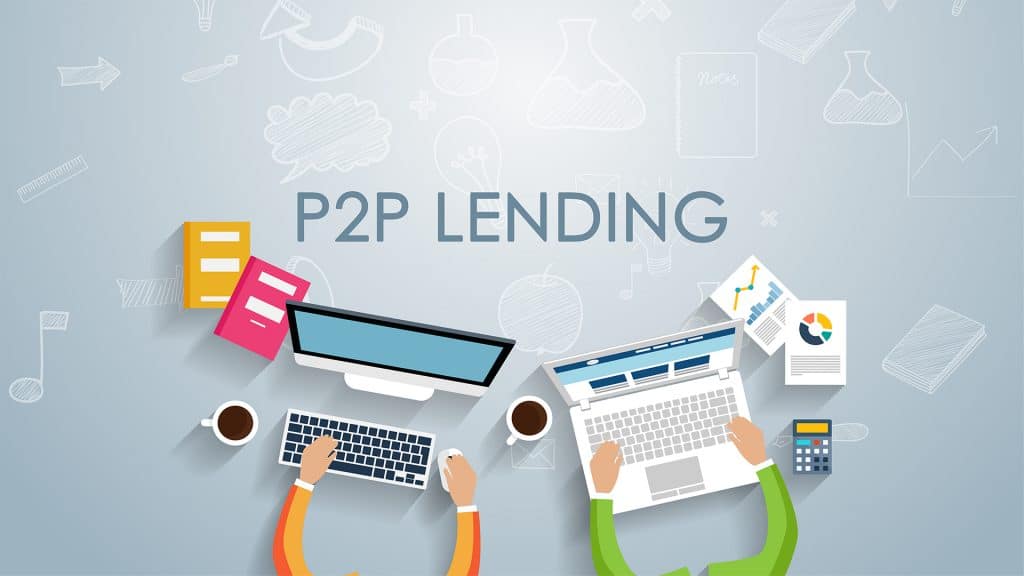India’s Union Budget 2019 will be tabled before the parliament soon. The P2P lending sector is expecting tax benefits and breaks from the Narendra Modi government, which has previously supported cashless payments.
India’s P2P growth story
The Indian P2P lending market is worth a whopping Rs. 300 crores but is still in a very nascent stage. The growth prospect of this sector is relatively strong, considering that the transaction process is easy and there is a possibility for higher returns.
I2ifunding co-founder Raghavendra Pratap Singh noted that all customers might not be adequately equipped to invest in market-linked options like equities, mutual funds, and debt funds. P2P is an easy investment option for people who want to avoid market risks.
Typically, an investor can earn anywhere between 12% to 18% by investing in a P2P platform. Note that the annualized returns of some top-rated mutual funds are significantly higher than what the P2P platforms offer. Singh said that the P2P lending market might be too small to be mentioned in the budget.
Could the Indian economy benefit with P2P lending?
India’s growth story has slowed down in the last few years. Its GDP growth has plummeted below 6%, and the market is going through a liquidity crisis. There is also a high rate of unemployment in the country, adding to the economy’s woes. In the first quarter, the GDP growth rate nosedived to five-year lows of 5.8%.
Singh highlighted that the credit flow from banks and traditional NBFCs has slowed down in both MSME and corporate sectors. The government has an opportunity to explore other options in the market to help money flow into these sectors.
The Reserve Bank of India (RBI) considers P2P lending platforms as non-banking financial companies (NBFCs) and has already created guidelines for this sector. They have to follow a cap or Rs. 10 lakhs in both borrowing and lending. The companies need to follow RBI’s guidelines on transparency and work to minimize default rates. The platforms are also forbidden from providing or arranging credit guarantees or credit enhancements and cannot facilitate secured lending.
The platforms need to follow strict regulatory guidelines, which include risk profiling and credit basement of borrowers and proper disclosure of the same to the lender. They must also get prior and explicit consent from customers to access information related to their credit and seek adequate documentation before a consumer uses the platform.
While the potential of the industry is huge, and a regulatory framework already exists, the government is yet to push the P2P lending market.
Trusted & Regulated Stock & CFD Brokers
What we like
- 0% Fees on Stocks
- 5000+ Stocks, ETFs and other Markets
- Accepts Paypal Deposits
Min Deposit
$200
Charge per Trade
Zero Commission on real stocks
64 traders signed up today
Visit Now67% of retail investor accounts lose money when trading CFDs with this provider. You should consider whether you can afford to take the high risk of losing your money.
Available Assets
- Total Number of Stocks & Shares5000+
- US Stocks
- German Stocks
- UK Stocks
- European
- ETF Stocks
- IPO
- Funds
- Bonds
- Options
- Futures
- CFDs
- Crypto
Charge per Trade
- FTSE 100 Zero Commission
- NASDAQ Zero Commission
- DAX Zero Commission
- Facebook Zero Commission
- Alphabet Zero Commission
- Tesla Zero Commission
- Apple Zero Commission
- Microsoft Zero Commission
Deposit Method
- Wire Transfer
- Credit Cards
- Bank Account
- Paypall
- Skrill
- Neteller
What we like
- Sign up today and get $5 free
- Fractals Available
- Paypal Available
Min Deposit
$0
Charge per Trade
$1 to $9 PCM
Visit Now
Investing in financial markets carries risk, you have the potential to lose your total investment.
Available Assets
- Total Number of Shares999
- US Stocks
- German Stocks
- UK Stocks
- European Stocks
- EFTs
- IPOs
- Funds
- Bonds
- Options
- Futures
- CFDs
- Crypto
Charge per Trade
- FTSE 100 $1 - $9 per month
- NASDAQ $1 - $9 per month
- DAX $1 - $9 per month
- Facebook $1 - $9 per month
- Alphabet $1 - $9 per month
- Telsa $1 - $9 per month
- Apple $1 - $9 per month
- Microsoft $1 - $9 per month
Deposit Method
- Wire Transfer
- Credit Cards
- Bank Account



